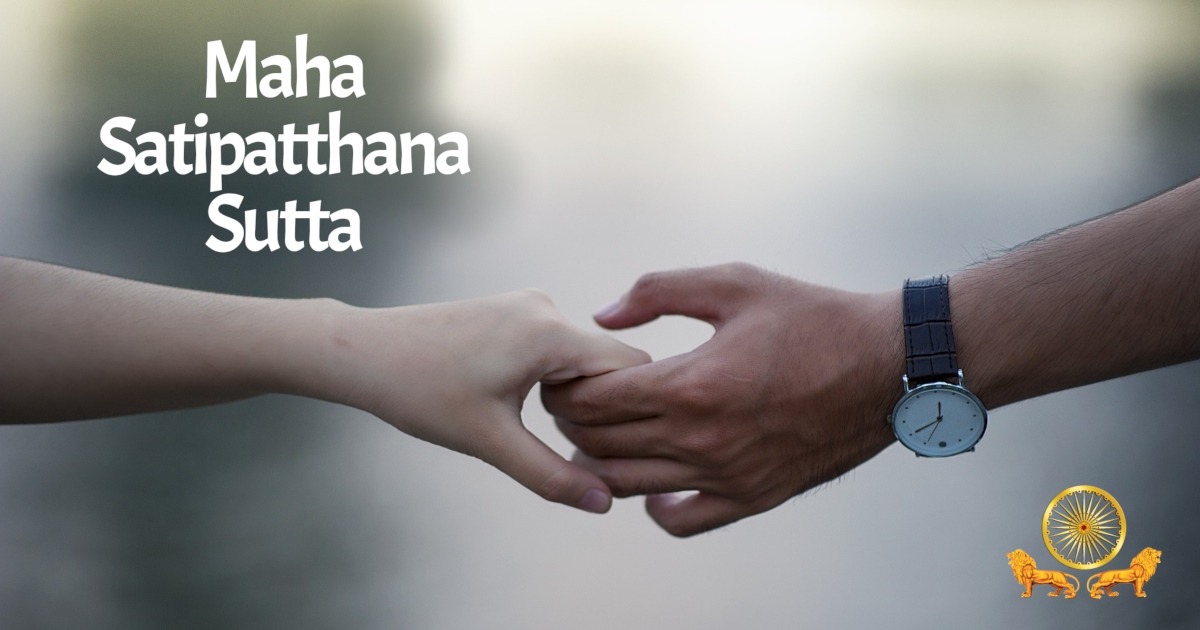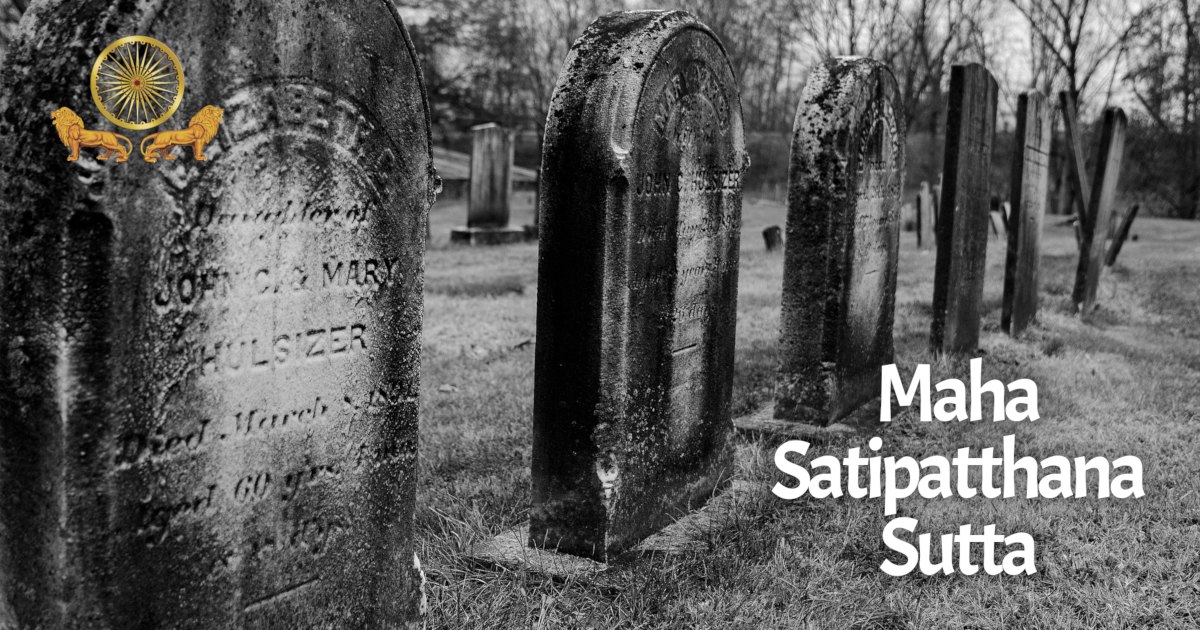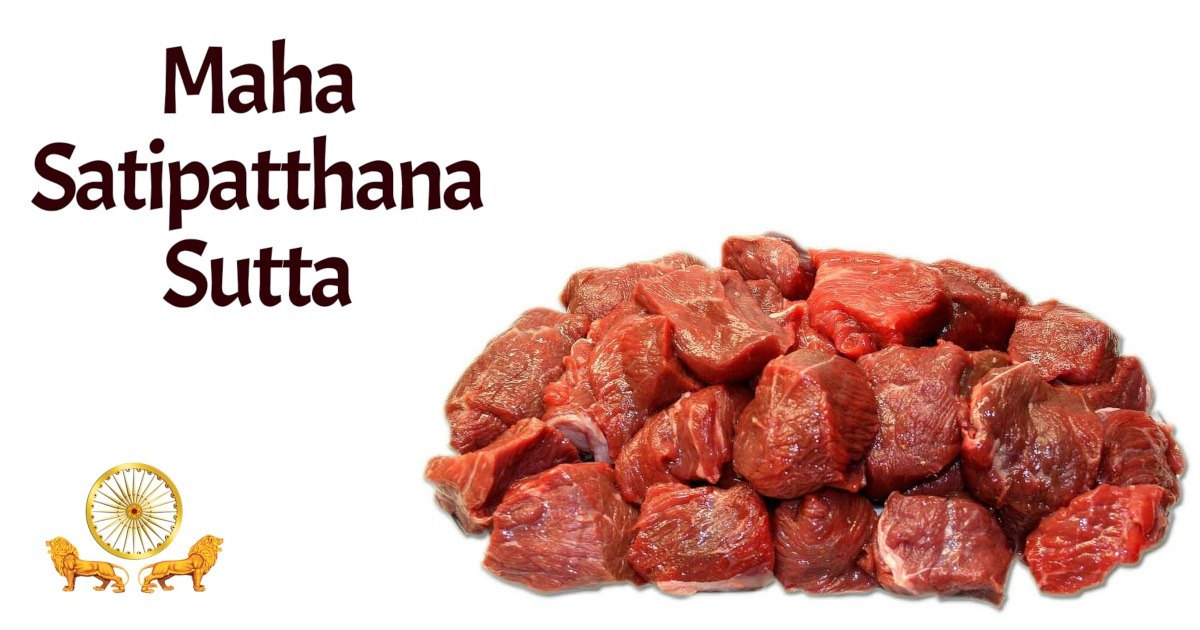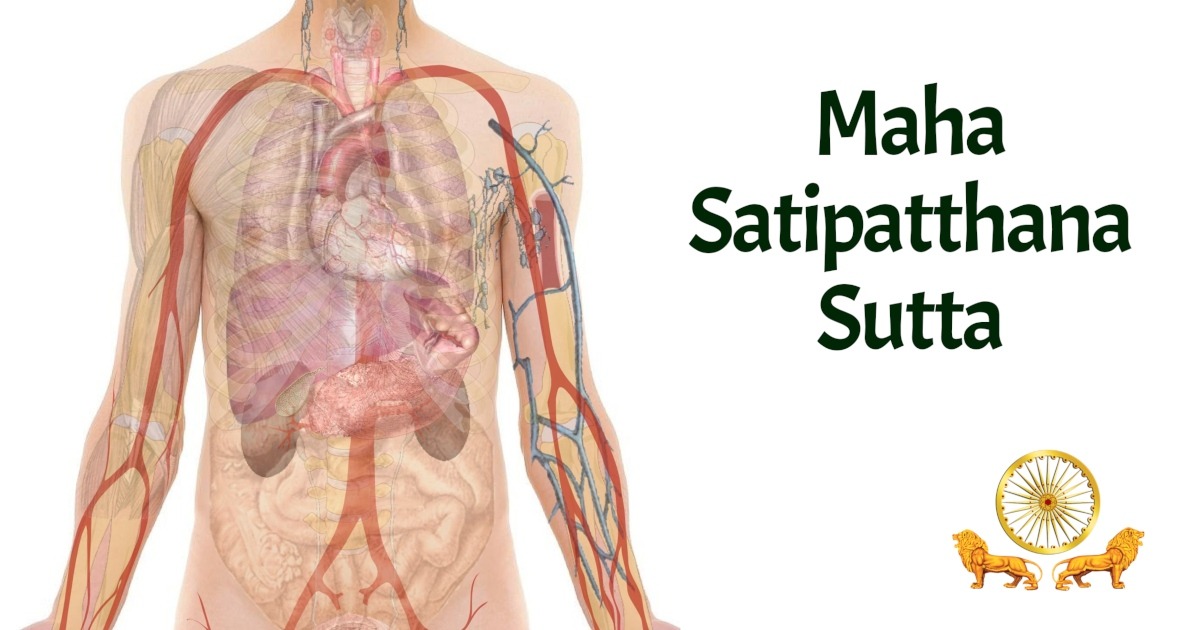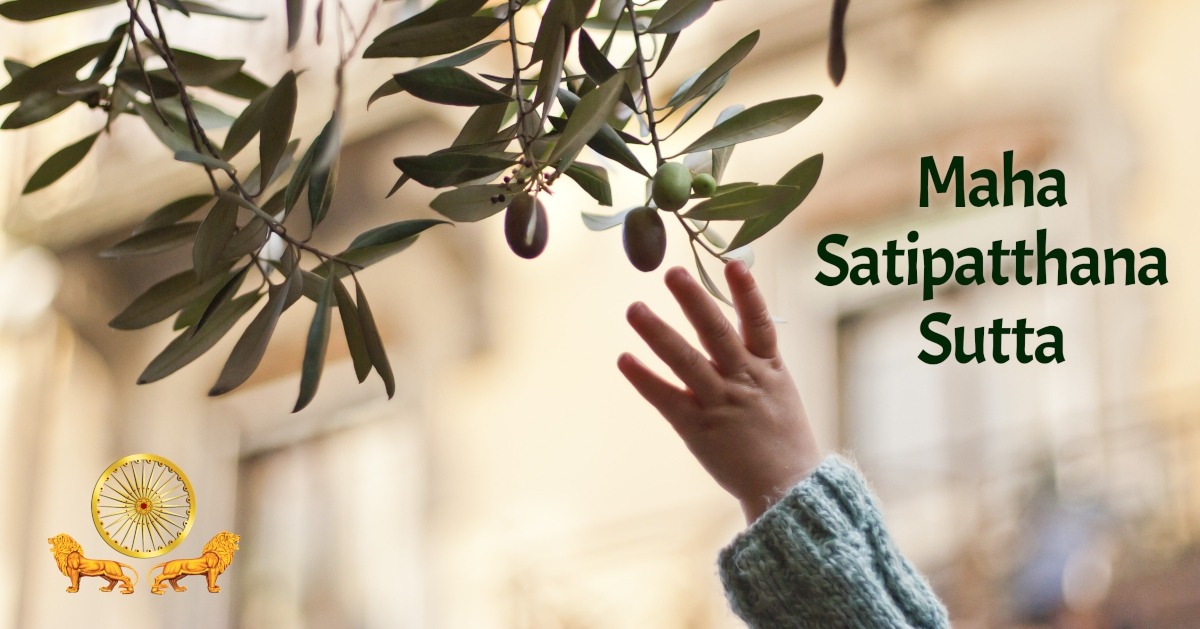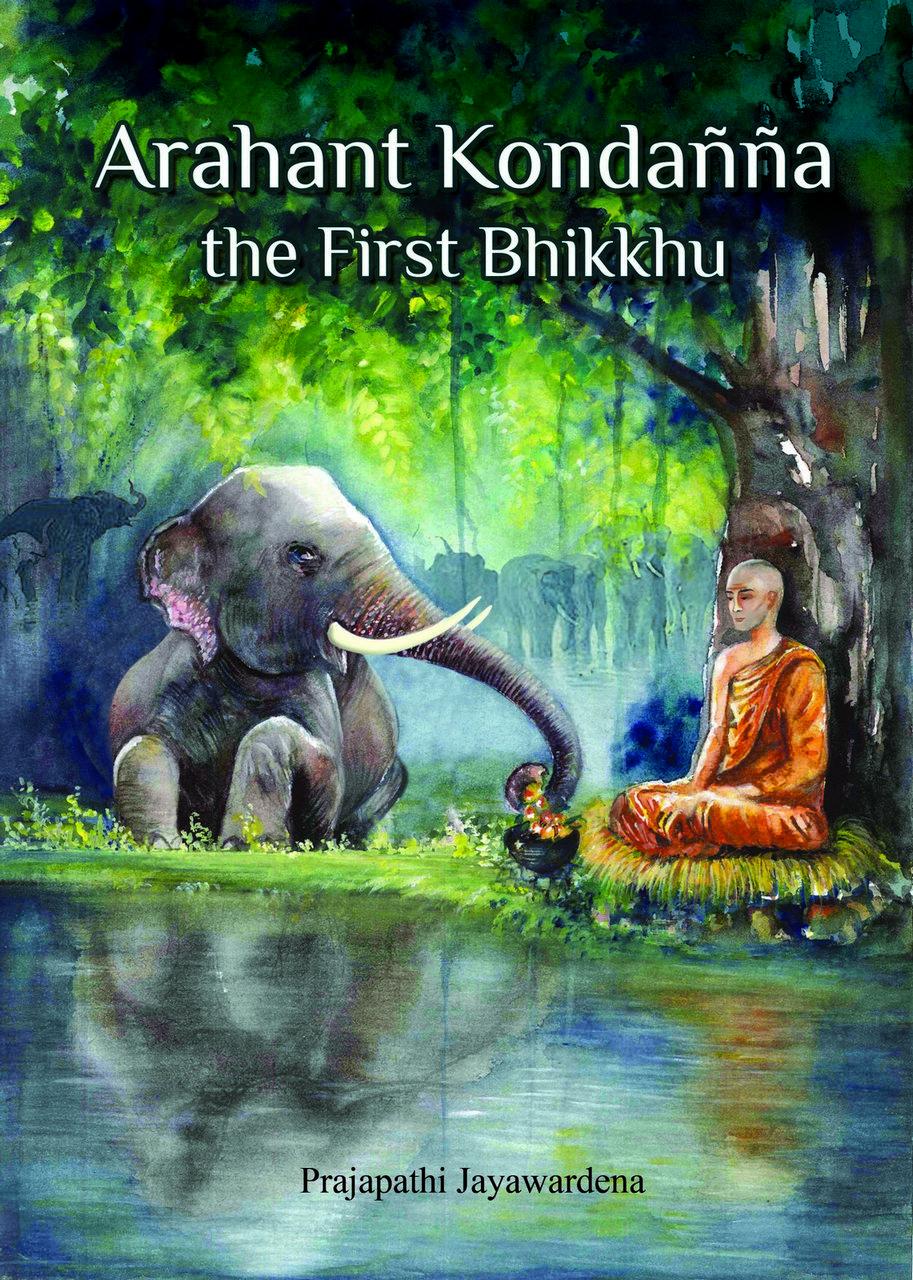Mahasatipatthana: Hindrances
4. Dhammānupassanā: Contemplation of Phenomena 4.1 Nīvaraṇa Pabbaṁ: Section on the Hindrances Kathañca bhikkhave bhikkhu / dhammesu dhammānupassī viharati?/ “And how, monks, does a monk dwell contemplating phenomena in phenomena? Idha bhikkhave bhikkhu / dhammesu dhammānupassi viharati;/ pañcasu nīvaraṇesu./ “Here monks, a monk dwells contemplating phenomena in phenomena • in terms of the five hindrances. Kathañca bhikkhave bhikkhu dhammesu dhammānupassī viharati pañcasu nīvaraṇesu?/ And how does monks, a monk dwell contemplating phenomena in phenomena • in terms of the five hindrances? Idha bhikkhave bhikkhu / santaṁ vā ajjhattaṁ kāmacchandaṁ,/ ‘atthi me ajjhattaṁ kāmacchando’ti pajānāti./ Asantaṁ vā ajjhattaṁ kāmacchandaṁ,/ ‘natthi me ajjhattaṁ [...]



